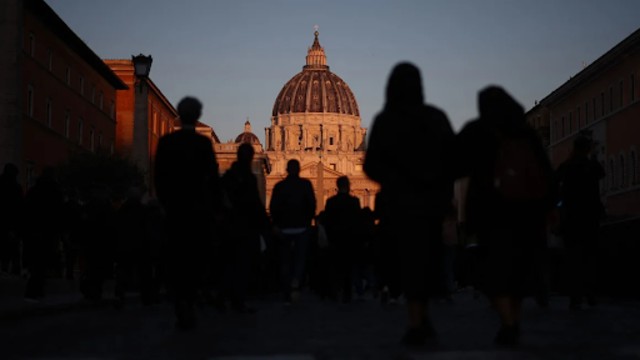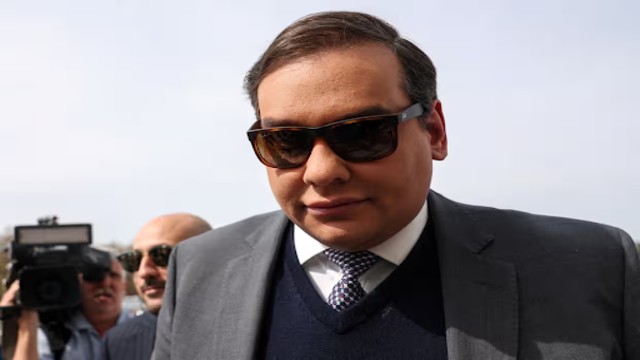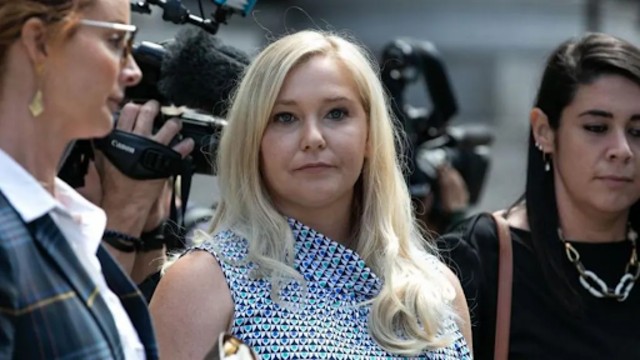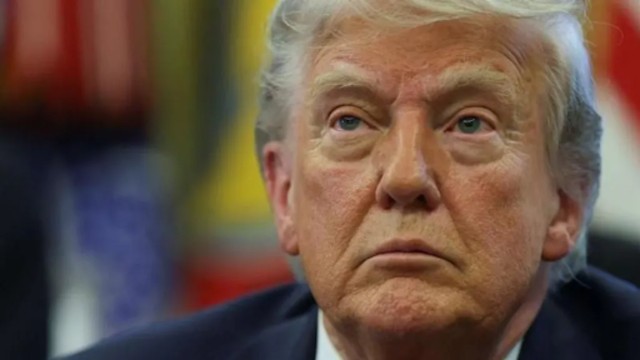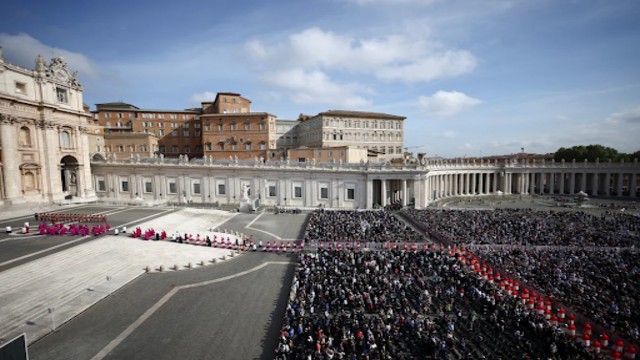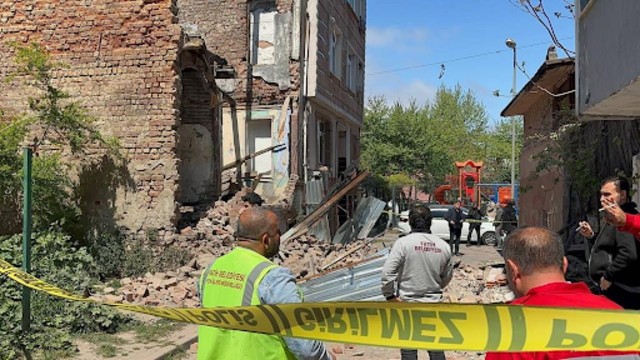
A World Health Organization (WHO) logo photographed in Geneva, Switzerland, on December 14, 2022. Reuters
In a dramatic move, President Donald Trump declared on Monday that the United States would exit the World Health Organization (WHO). He accused the global health body of mismanaging the COVID-19 crisis and other global health issues, claiming that it operated under the influence of certain member nations and demanded disproportionate financial contributions from the U.S.
“World Health ripped us off, everybody rips off the United States. It's not going to happen anymore,” Trump said during the signing of an executive order formalizing the withdrawal. The decision comes after years of strained relations between the U.S. and the WHO, with Trump previously criticizing the organization for its ties to China and its response to the pandemic.
The withdrawal will take effect in 12 months, during which the U.S. will halt all financial contributions to the agency. As the WHO’s largest donor, the U.S. currently provides about 18% of its funding. The organization’s 2024-2025 budget stands at $6.8 billion, and the absence of U.S. contributions could severely impact several critical global health programs, including those targeting tuberculosis, HIV/AIDS, and other health emergencies.
Experts warn that the U.S. exit might disrupt initiatives aimed at combating the world’s deadliest infectious diseases and addressing ongoing health crises. The WHO has not issued an immediate response to Trump’s announcement, but the implications of the move are expected to reverberate across its operations and global partnerships.
Trump’s executive order outlines significant changes to U.S. engagement with global health policies. It mandates the cessation of negotiations on the WHO’s pandemic treaty and the reassignment of U.S. government personnel working with the organization. The administration also plans to review and replace the 2024 U.S. Global Health Security Strategy, seeking alternative partnerships to fulfill roles previously managed by the WHO.
In his statement, Trump criticized other major WHO donors, including China, for contributing significantly less despite their large populations. For comparison, the Bill & Melinda Gates Foundation and Gavi, the Vaccine Alliance, are among the WHO’s other top financial backers, followed by Germany, which provides just 3% of the agency’s funding.
This is not the first time Trump has taken steps to sever ties with the WHO. In 2020, during his first term, he suspended U.S. funding, accusing the organization of siding with China and failing to act transparently about COVID-19's origins. WHO denied these allegations, insisting it has pressured China to share critical data and information about the virus.
Under U.S. law, withdrawing from the WHO requires a one-year notice and the settlement of any outstanding dues. The 2020 attempt to leave the organization was thwarted when President Joe Biden took office and reversed Trump’s decision on his first day. However, Trump’s renewed effort reflects his longstanding criticism of the WHO and his administration's broader approach to reshaping global health policies.


